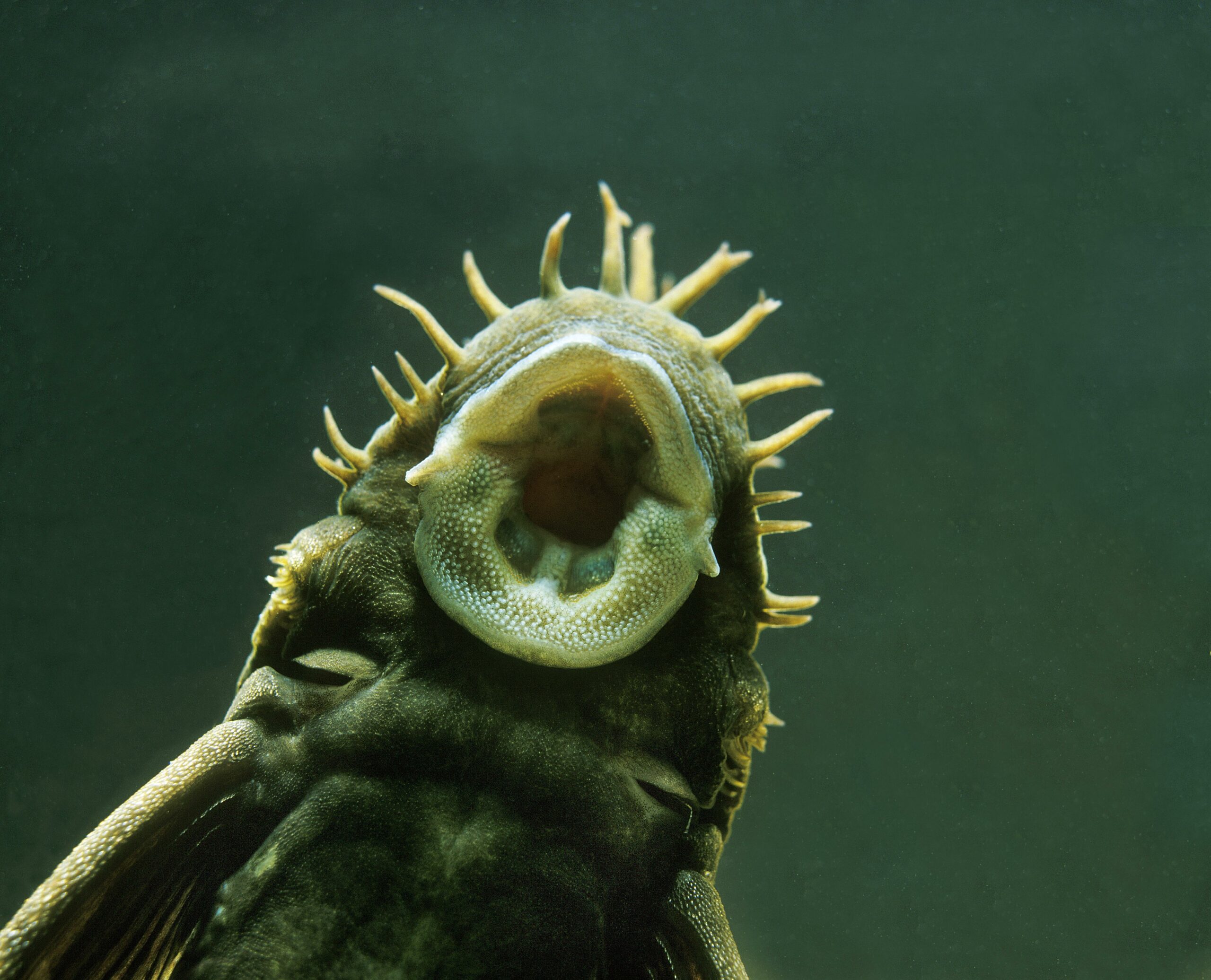

Antenna catfish (Ancistrus sp)
Antennal catfish can be a useful eye-catcher in any aquarium from small to large. Due to their imposing antlers, which can be found on the head of male specimens, they impress every observer. In addition, these animals also bring a particularly useful feature. These catfish can help in the fight against algae and other growth, as they partially eat it.
Water parameters for antenna catfish
- PH value: 5.8 – 8
- GH (total hardness): 5° – 25° dGH
- KH (carbonate hardness): 1° – 10° dKH
- Temperature: 20° – 28°C
Appearance
These catfish grow up to 13 cm, depending on the specimen, if the aquarium is large enough and they are well fed. However, there are also smaller animals, which grow to only about 8 cm when fully grown. Antenna catfishes are available in a wide variety of colors. So there are these animals in brown, white/yellow, orange, … . Also the patterns can range from monochrome to spotted/striped. Especially the male specimens often impress with their antlers, which form on the head of the animal until adulthood.
Breeding
After about half a year most of the Antenna catfish are sexually mature. From then on they spawn in caves or other hiding places every 4 to 8 weeks. Since 50 or even more animals are born, it should be well considered whether one wants this, because it is difficult to find buyers for the young. Especially with good and varied feeding and regular water changes they reproduce very well.
Antenna catfish keeping
Antenna catfish are easy fish to keep, which is why they can cope with almost all water values. In the aquarium itself, however, these catfish need certain furnishings. So that they can retreat during the day, these animals need caves, for example, in or under stones or other hiding places. If you keep more than one male, make sure that the aquarium has an edge length of at least 150 cm, so that each catfish has its own territory. If only one male Antenna Catfish is used, an edge length of 80 cm or a volume of 112 l is sufficient. When feeding, it must be ensured that enough food reaches the bottom. This is most easily ensured by plant-based food tablets.